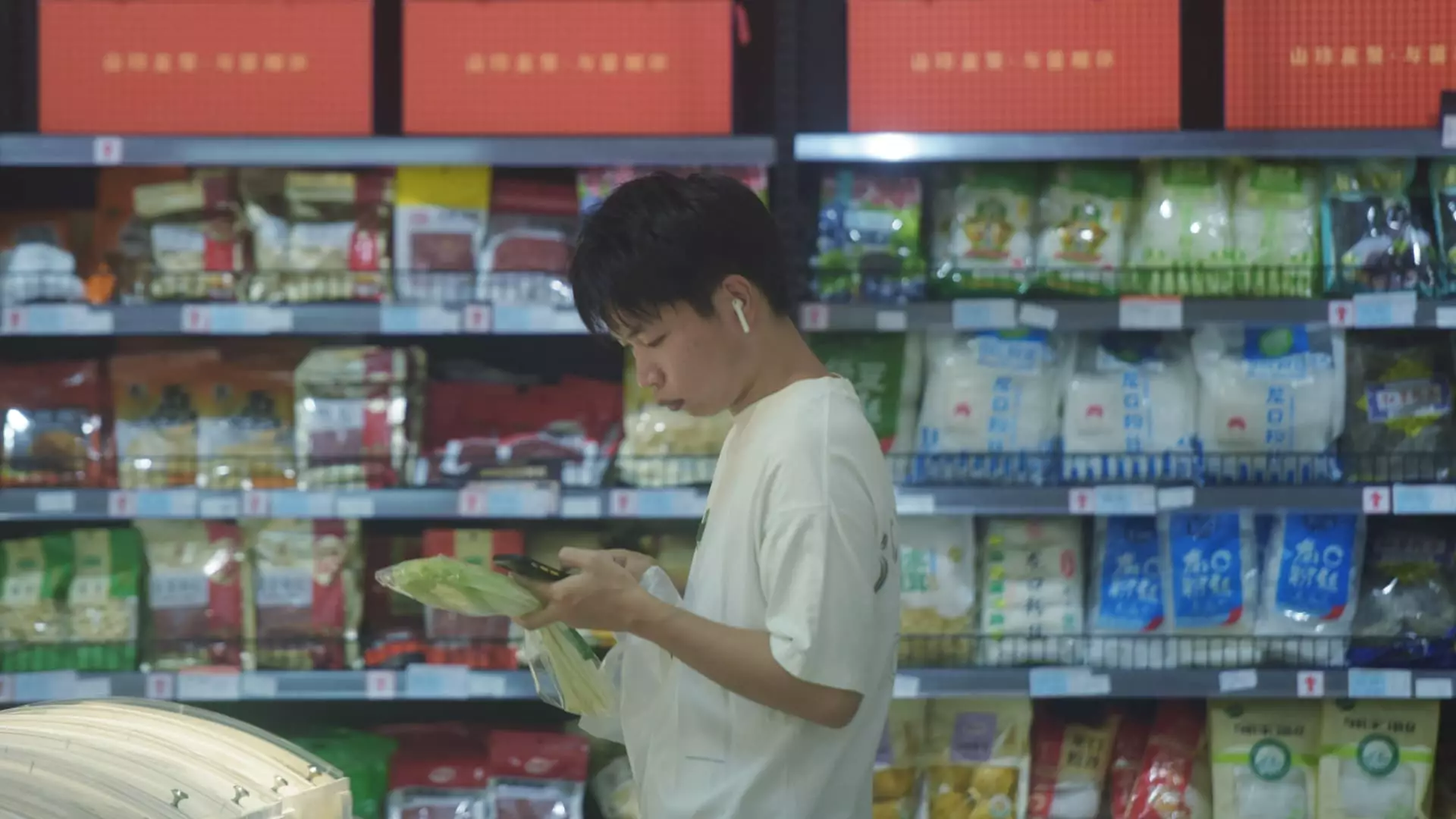Recent data from China’s National Bureau of Statistics has painted a concerning picture of the nation’s economic activity for August, showcasing a slowdown across key sectors including retail sales, industrial production, and urban investment. The report highlights a retail sales increase of only 2.1% year-over-year, falling short of economists’ expectations of 2.5% growth, and a decline from July’s 2.7% rise. This downward trend in consumer spending, vital for driving economic growth, raises alarms for analysts and businesses alike about the resilience of consumer confidence in an uncertain economic landscape.
Further disappointing data emerged from industrial production, which grew by 4.5% in August, also below the anticipated 4.8% and trailing July’s figures of 5.1%. This signals potential weakening in manufacturing output, pointing to strains that industries are facing amid fluctuating global demand. Compared to past performance, the industrial sector’s inability to maintain momentum can have significant implications, as it is often regarded as a backbone of the Chinese economy.
Fixed asset investment, another critical barometer of economic health, showed a lackluster increase of 3.4% from January to August, again missing the forecast of 3.5%. Within this category, investments in infrastructure and manufacturing experienced a noticeable cooling trend, which could hinder long-term economic growth potential. Compounding these concerns, the urban unemployment rate edged up to 5.3% from 5.2% in July, indicating a challenging job market. Notably, the youth unemployment rate, which reached 17.1% in July, underscores the pressing need for policy interventions targeting younger generations, who are often more vulnerable during economic downturns.
The National Bureau of Statistics has indicated that the economy faces increasing challenges from external environments, a factor that cannot be overlooked. Trade tensions, fluctuating commodity prices, and geopolitical issues have far-reaching effects on economic performance. The bureau’s statement points to a need for sustained attention towards stabilizing employment and overall economic recovery, highlighting the fragility of the current situation.
Despite the disappointing economic indicators, consumer prices in Beijing saw only a modest increase of 0.6% in August, hinting at weak demand that needs to be addressed. Analysts have noted that the sluggish responses in consumption point to a broader malaise within the economy, compounded by insufficient domestic demand. Although exports did see an increase of 8.7%, this should not overshadow the deeper issues at play.
As China prepares for the upcoming Mid-Autumn Festival—a significant cultural event—the pressures on economic stability remain high. The government has yet to release any substantial stimulus measures aimed at invigorating economic activity. With signs of sluggish growth and increasing unemployment, the road to recovery for the world’s second-largest economy appears fraught with obstacles. The next steps will be crucial for policymakers as they navigate these challenges and attempt to rekindle economic vitality.

